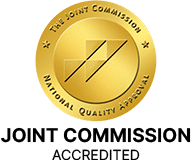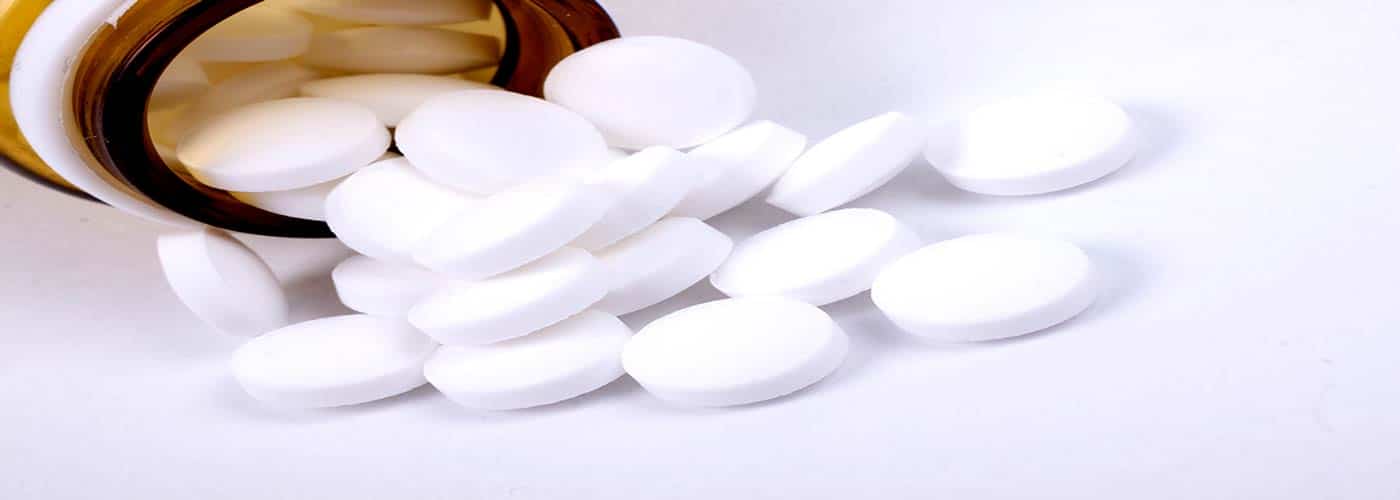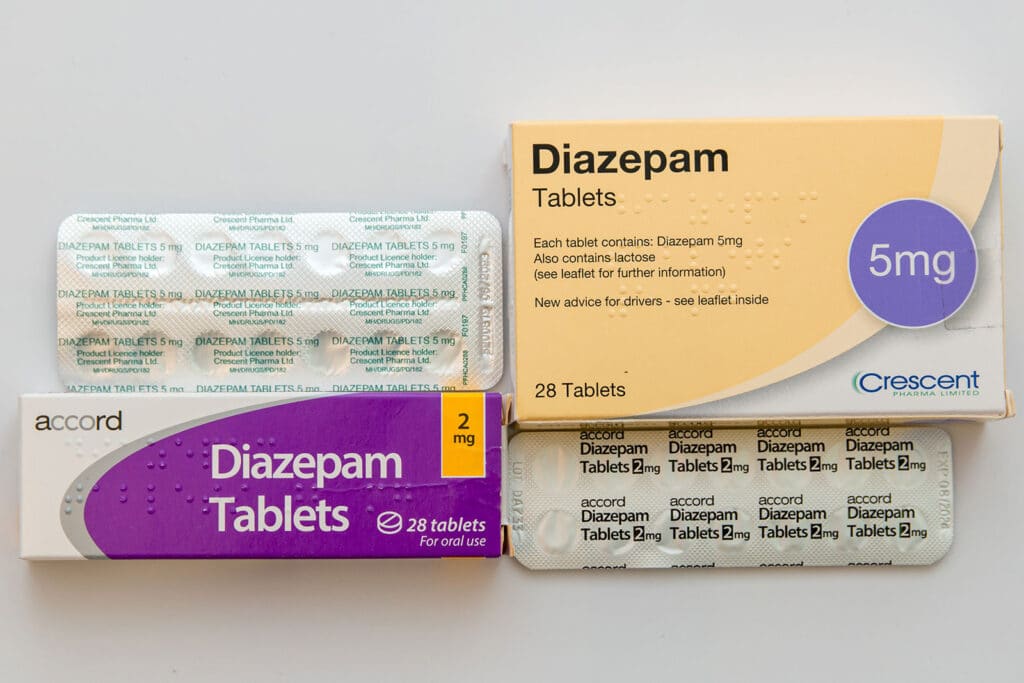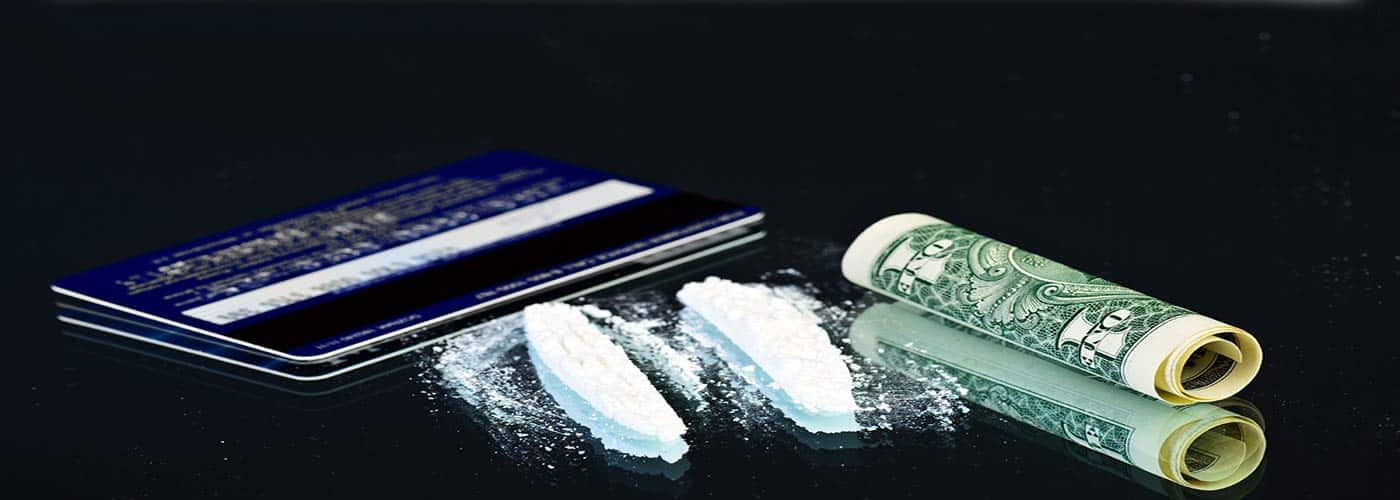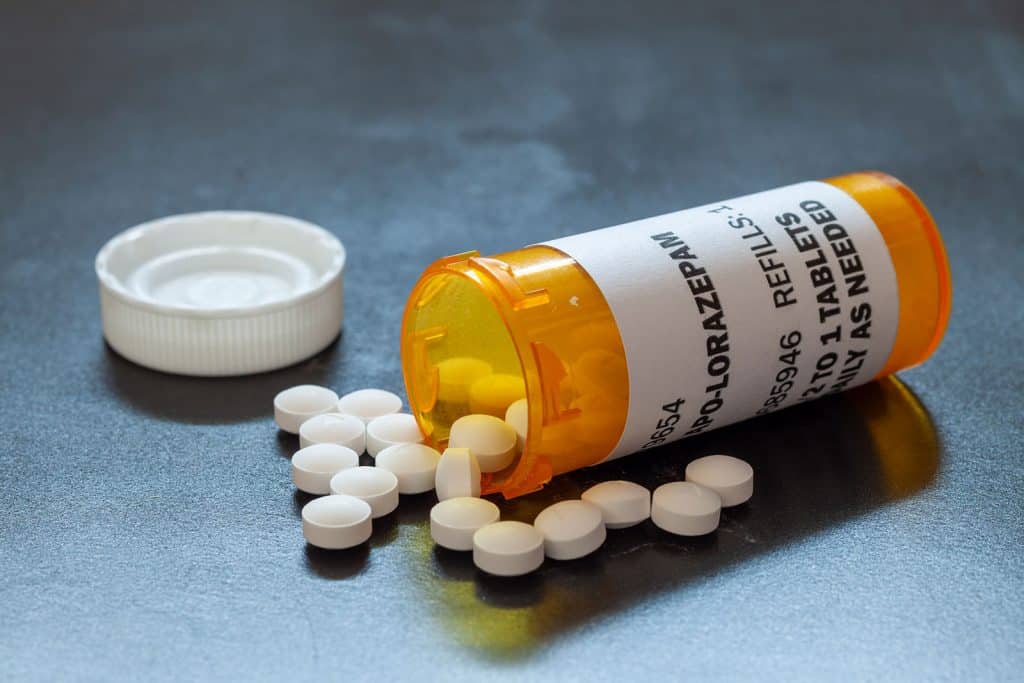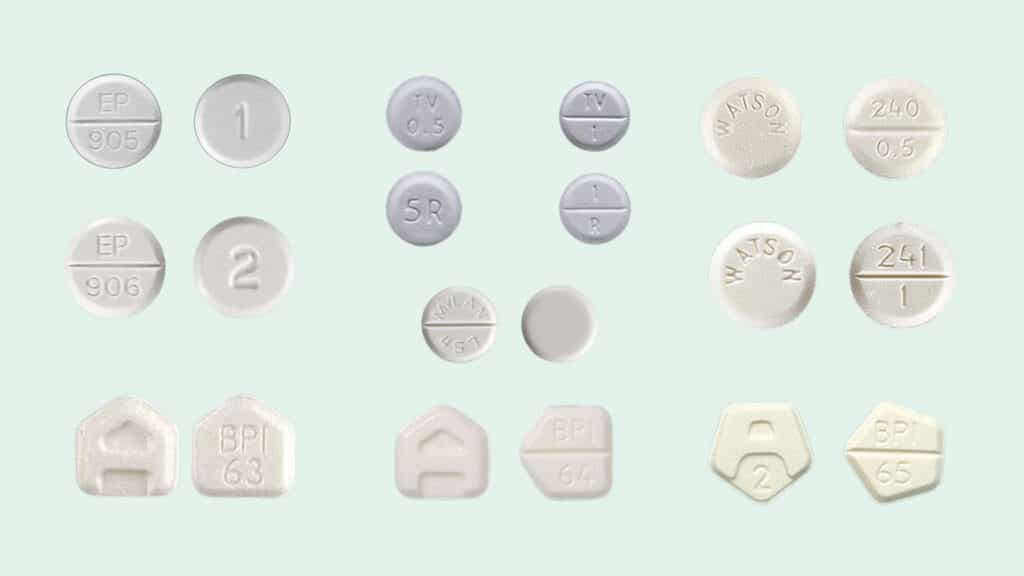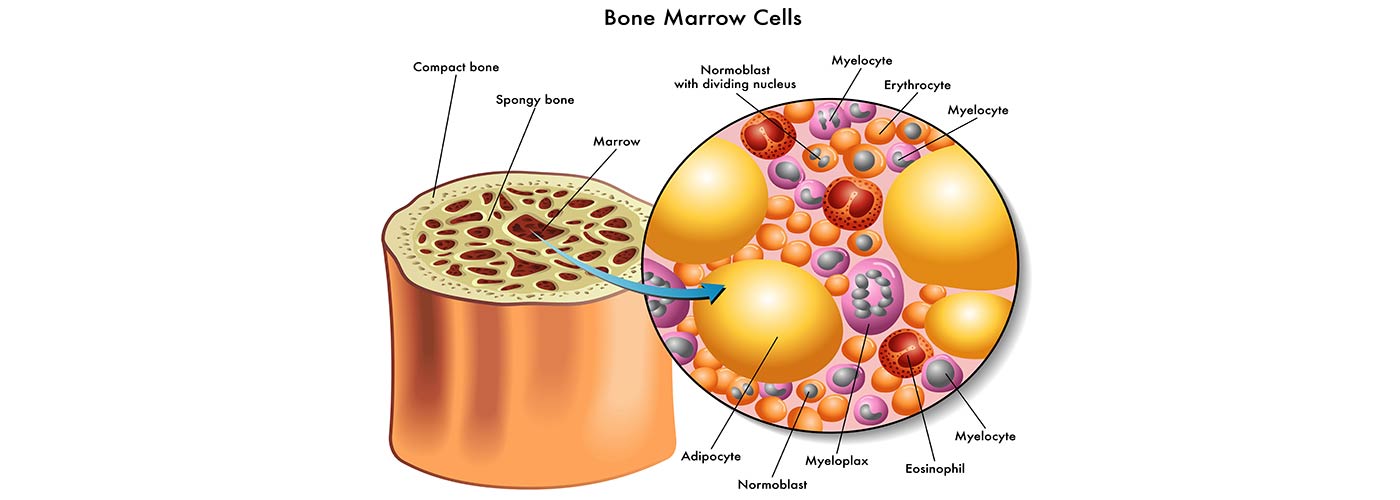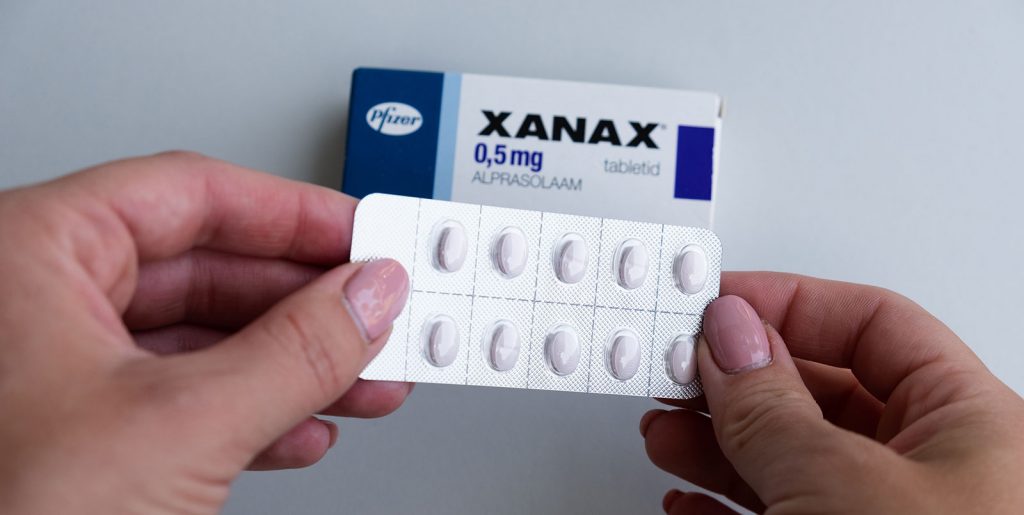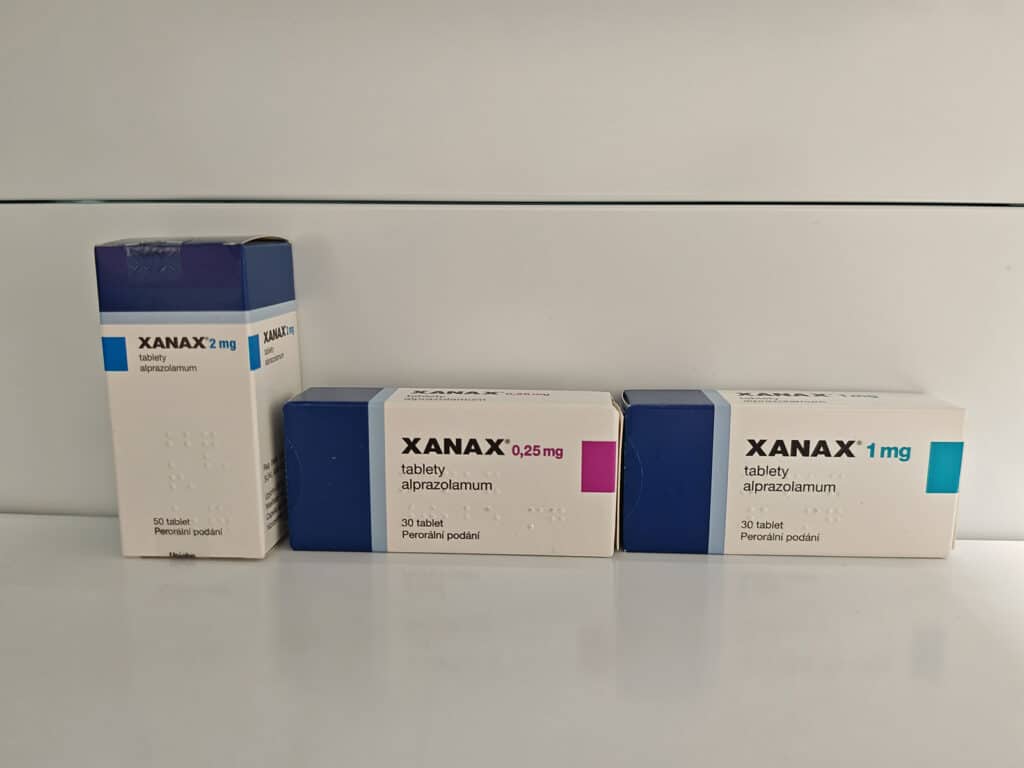Naltrexone is a medication used for the treatment of opioid abuse disorders – and in some cases, alcohol abuse disorders. The Food and Drug Administration approved medication is non-narcotic (meaning that it has no addictive properties) and it can be taken orally in a pill form or intravenously in an injectable form. This medication is not available over the counter, but it can be prescribed by any medical professional who specializes in addiction. In many cases, this medication is prescribed in a medical detox setting to help alleviate symptoms associated with opioid or alcohol withdrawal. If this medication is prescribed in a medical detox setting the prescribing physician will wait for between seven and 10 days after the last use to begin the course. This is because the risk of precipitated withdrawal increases if the opioid narcotic or alcohol is not completely cleared from the system.
More About Using Naltrexone
At Garden State Treatment Center we utilize Naltrexone when we deem doing so necessary, seeing as it does have many clinical benefits. However, we always use this specific medication in conjunction with a comprehensive program of therapeutic recovery. Medication-Assisted Treatment is never a stand-alone solution, and it must be coupled with a comprehensive continuum of clinical care to be truly effective.

Can Naltrexone Get You High?
In short, there is very low risk – if any risk – of Naltrexone being abused. Even when taken in extremely high doses it does not produce euphoric effects. This specific medication was specifically designed to help men and women who have been suffering at the hands of a substance abuse disorder – therefore, it was developed to be non-habit-forming and extremely safe. In comparison to other medications that are used to treat opioid addictions like Suboxone and methadone, the risk of Naltrexone abuse is extremely low – essentially nonexistent. For this reason, the Garden State Treatment Center is far more inclined to utilize this medication before attempting to try any others. If you have been suffering from an opioid or alcohol addiction, this medication will prove to be extremely beneficial.
How is Naltrexone Used?
Naltrexone is ingested orally in a pill form or administered intravenously in an injectable form. Naltrexone is different from buprenorphine and methadone in the sense that it binds to and blocks opioid receptors within the brain, preventing the physical and psychological effects of opioid abuse while simultaneously diminishing cravings. This means that if someone sober for any length of time relapses on opioids, they will not feel the desired effects. The same is true of alcohol.
Naltrexone Efficacy
Naltrexone has been repeatedly proven as a successful component of early recovery. At Garden State Treatment Center we often utilize this specific prescription medication because it cannot be abused and because it is entirely harmless when taken as prescribed. Again, all Medication-Assisted Treatment methods are meant to be used in conjunction with a comprehensive and individualized program of therapeutic care.
Possible Dangers and Side Effects of Naltrexone
When it comes to the dangers and side effects associated with Naltrexone, there are typically very few. Those who are allergic to the medication might develop an uncomfortable skin rash which will typically resolve within several days after the first use. Some of the more rare side effects associated with naltrexone include:
- Discomfort while urinating or infrequent urination
- Blurred vision and eye irritation
- Stomach cramping/abdominal cramping
- Confusion and disorientation
- Mental changes, including increased anxiety or depressed mood
- Significant weight gain
- Swelling of the appendages
- Auditory and visual hallucinations
- Ringing in the ears
- Itchy skin and more severe skin rashes
If you are currently taking Naltrexone and you have been experiencing any adverse effects, you must seek medical attention immediately. If you have been considering taking naltrexone for the treatment of an opioid or alcohol abuse disorder, reach out to Garden State Treatment Center today for additional information.
Published on: 2020-10-18
Updated on: 2025-01-06


